Yesterday morning, the National Assembly listened to the submission, the review report and discussed at the Draft Resolution Group on the special and outstanding mechanisms and policies to make a breakthrough in education and training development. This draft Resolution aims to institutionalize one of the most important decisions on investment in people and sustainable development recently issued by the Politburo - Resolution No. 71 - with a consistent and strong requirement: to create a breakthrough development for the field that has always been identified as a top national policy.
Through discussion, many National Assembly delegates especially emphasized the need for a special and outstanding mechanism for investment in key educational institutions and high-quality education, considering this an urgent requirement, changing the mindset from "leveling" to "strategic investment", from "spending" to "development investment".
Over the years, the state budget for education has always been high, with a minimum commitment of 20% of total budget expenditure as stipulated in the law, but most of it is regular expenditure - salary payment, maintenance of operations, etc., while investment expenditure to improve quality is still limited, not meeting requirements. National universities, leading research institutes, and key pedagogical schools have not received adequate investment to be able to make a breakthrough.
Establishing a specific mechanism that allows for concentrated investment in a number of key educational institutions is an inevitable requirement. Vietnam cannot train high-tech human resources or have world-class research centers if its investment is still spread out. A semiconductor, AI or biotechnology laboratory can cost millions of dollars; an international standard digital library or open research infrastructure... also requires systematic investment with large resources. These are expenses that conventional financial mechanisms cannot meet.
Therefore, the special and outstanding mechanism is not a “privilege for a few schools”, but a change in investment methods to create real “locomotives” to pull the entire system forward. This is also what many successful countries have done: key investments to form a knowledge-creation ecosystem with widespread influence. In other words, supplementing and clarifying the “special and outstanding mechanism” for key educational institutions in the draft Resolution is a strategic investment to create a breakthrough in education and training development.
Of course, such a mechanism also comes with many challenges to be solved. In particular, in the context of limited national resources, if we concentrate large investments on a group of key educational institutions, it may put pressure on other areas or other levels of education. Investment in the "elite" group cannot reduce resources for general education, especially education in disadvantaged areas. Therefore, if added to the draft Resolution, specific and outstanding policies for key educational institutions need to be carefully calculated, ensuring harmony of interests, avoiding resource conflicts and having a strong enough control mechanism to ensure real effectiveness.
Specifically, it is necessary to develop a set of clear, quantitative and international criteria to identify "key educational institutions". It cannot be just a long history or large scale, but must include: commitment to position in prestigious international rankings; number of patents, international publications; ability to attract non-budgetary capital sources and mission to serve the country's strategic industries (semiconductors, AI, new energy...). Only when there are clear and transparent criteria, can investment truly be "strategic" and have the ability to create breakthroughs.
A special, superior investment mechanism must be accompanied by a special, superior mechanism for autonomy and supervision. Allocating a large financial resource to key facilities is necessary, but not enough. They must be given adequate autonomy to use that investment. This must be accompanied by accountability, instead of monitoring the process (pre-control), it is necessary to switch to monitoring the output results (post-control). The State allocates money, empowers, and requires results. If the committed goals are not achieved, the special, superior mechanism will be revoked.
The draft Resolution also needs to clearly stipulate the threshold for ensuring basic education expenditure, education expenditure in remote and isolated areas; create a favorable legal framework for socialization, public-private partnership (PPP), and business investment in research and training; tax incentives and flexible financial mechanisms for training and research projects can help attract non-budgetary capital. In addition, it is also necessary to be careful, selecting a number of facilities as pilots to "measure" the actual effectiveness of the policy.
It can be said that the National Assembly is facing great demands and opportunities to create breakthroughs in education and training development. A special and outstanding mechanism for key educational institutions, if carefully designed: transparent in selection, proportional between investment and autonomy, close supervision, while ensuring that the goal of universal and equitable education is not harmed, will be an important step forward in building "knowledge locomotives" - places to nurture high-quality human resources, creating momentum for national development in the new period.
Source: https://daibieunhandan.vn/co-che-vuot-troi-cho-giao-duc-trong-diem-10396023.html










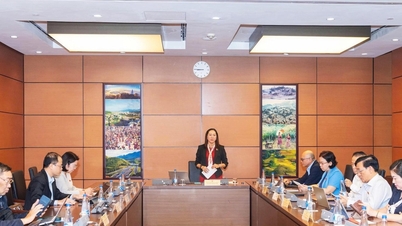




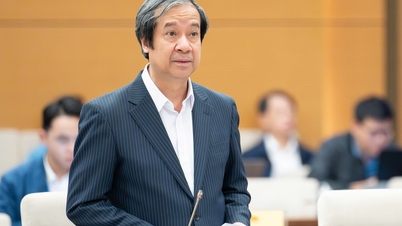

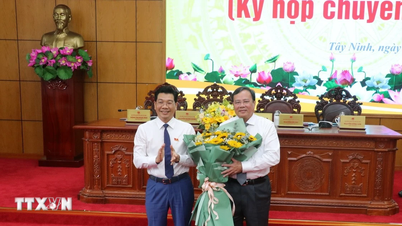

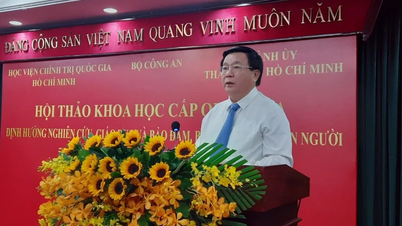


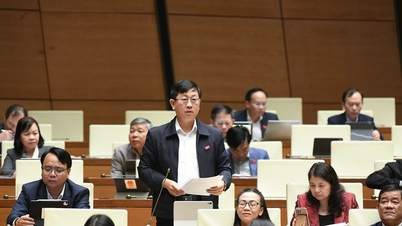










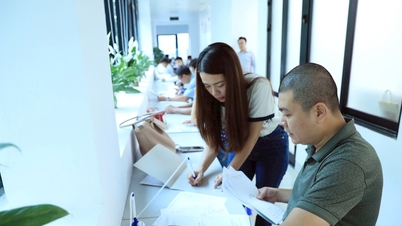



![[Photo] General Secretary To Lam and National Assembly Chairman Tran Thanh Man attend the 80th Anniversary of the Traditional Day of the Vietnamese Inspection Sector](https://vphoto.vietnam.vn/thumb/1200x675/vietnam/resource/IMAGE/2025/11/17/1763356362984_a2-bnd-7940-3561-jpg.webp)

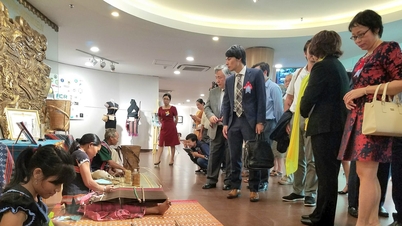







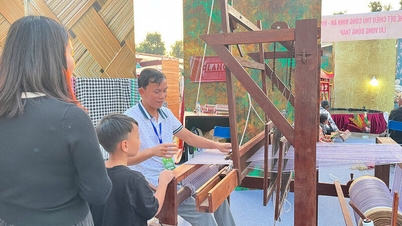
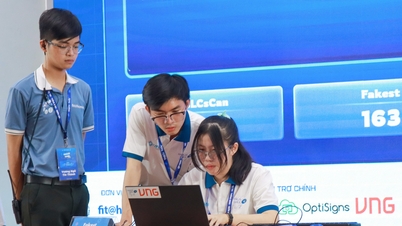


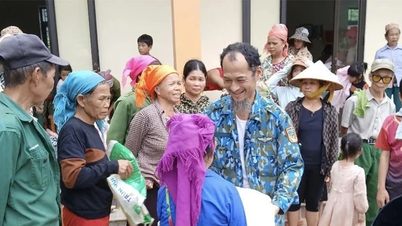



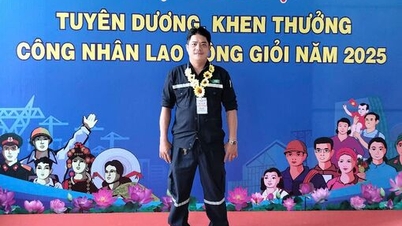







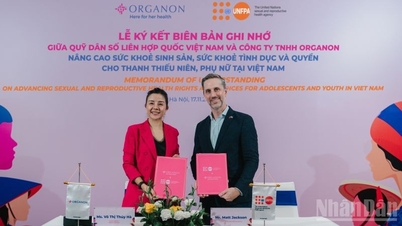














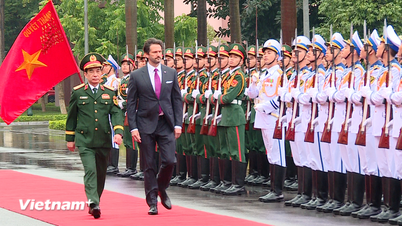






























Comment (0)